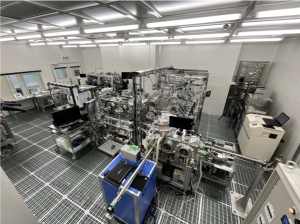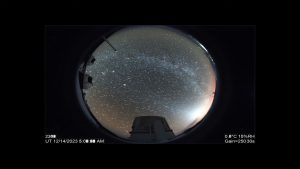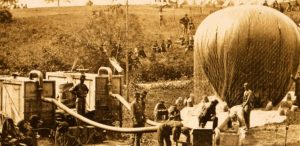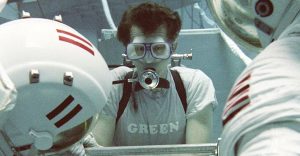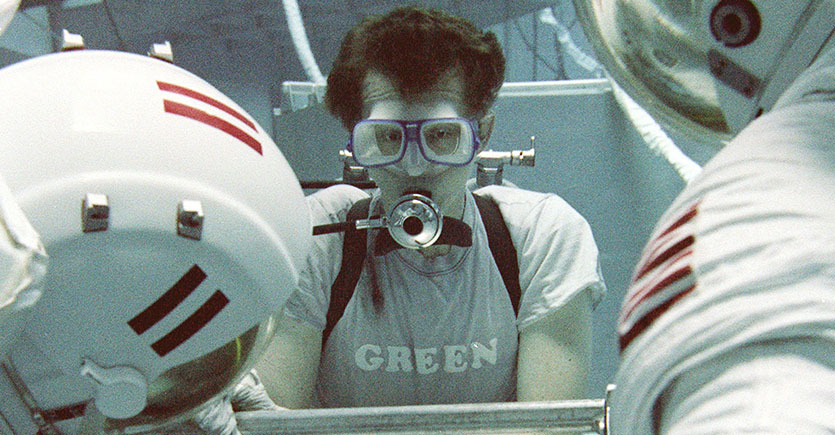
Global space news: NASA’s Ingenuity flies!
On April 19, 2021, NASA’s Ingenuity Mars Helicopter took to the skies above the red planet for the first time! As the helicopter rose three metres into the air and began to hover, it became the first powered, controlled flight on another planet.
Congratulations on the success of humankind’s first powered flight on a planet other than Earth. I had the opportunity to visit JPL in 2018 and see a prototype of Ingenuity. The chief engineer, Dr Balaram, shared a few of the difficulties faced in developing Ingenuity. Just as the Mars Rover began with Sojourner and led to Spirit, Opportunity, Curiosity and Perseverance, I believe Ingenuity has paved the way for full-scale flight exploration on Mars in the future. In Japan, we will do our best to keep pace!
Associate Professor Akira Oyama, Department of Space Flight Systems.
Ingenuity was a technology demonstration, designed to test whether aerial exploration was possible on Mars. This is no easy task; Mars’s atmosphere is extremely thin, providing just 1% of the Earth’s pressure on the planet surface. Achieving lift is therefore much harder, and Ingenuity’s blades need to rotate at 2500 RPM to raise the little 1.8 kg helicopter. By contrast, the blades of helicopters on the Earth typically rotates at 450 – 500 RPM.
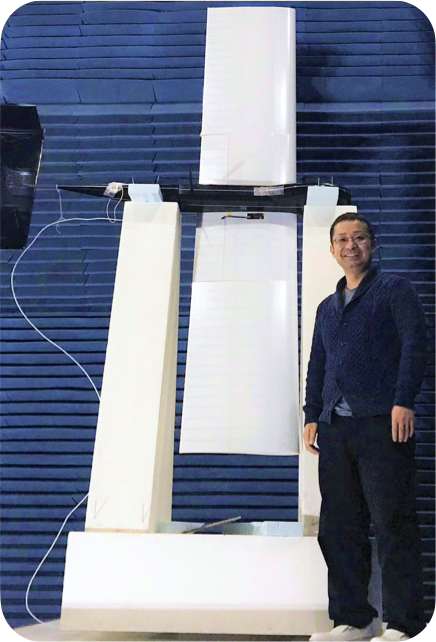
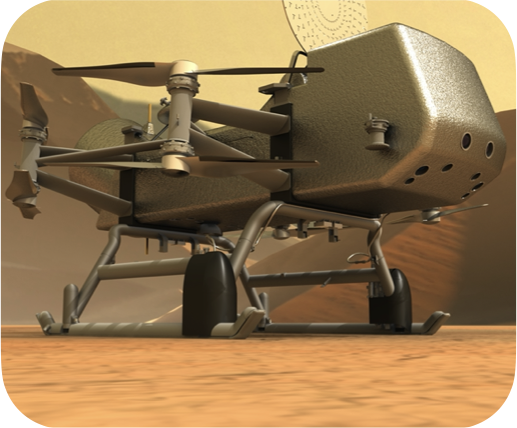
mission (John Hopkins APL).
Congratulations on the success of a powered flight on a planet beyond the Earth. This is revolutionary technology that will expand the development of planetary exploration in the future. The next Solar System world to be explored with powered flight will likely be the extremely cold Saturn moon, Titan. Titan has a denser atmosphere than Mars and we are developing a seismometer to be mounted on NASA’s Dragonfly, a drone-type craft.
Assistant Professor Hiroaki Shiraishi, Department of Solar System Sciences
While Ingenuity was the first rotorcraft to fly on another world, it is not the last planned. NASA’s Dragonfly mission is an eight rotor flight craft that will fly on Saturn’s moon, Titan. The mission is set to launch in 2027, and will carry a seismometer designed at ISAS.
Congratulations to the team on the first successful flight with Ingenuity! It was really exiting to see a helicopter really fly on a celestial body other than the Earth. It is important for Solar System exploration to go to interesting celestial bodies. In addition, it will be essential to carry out such interesting missions once we arrive. In the future, we want to realize missions that will surprise the world, such as Ingenuity and the Hayabusa2 impactor experiment in 2019.
Assistant Professor Takanao Saiki, Hayabusa2 Project Engineer
“Global space news” is a chance for us to highlight important developments across the world and share our excitement of these achievements.

 Previous Post
Previous Post Next Post
Next Post